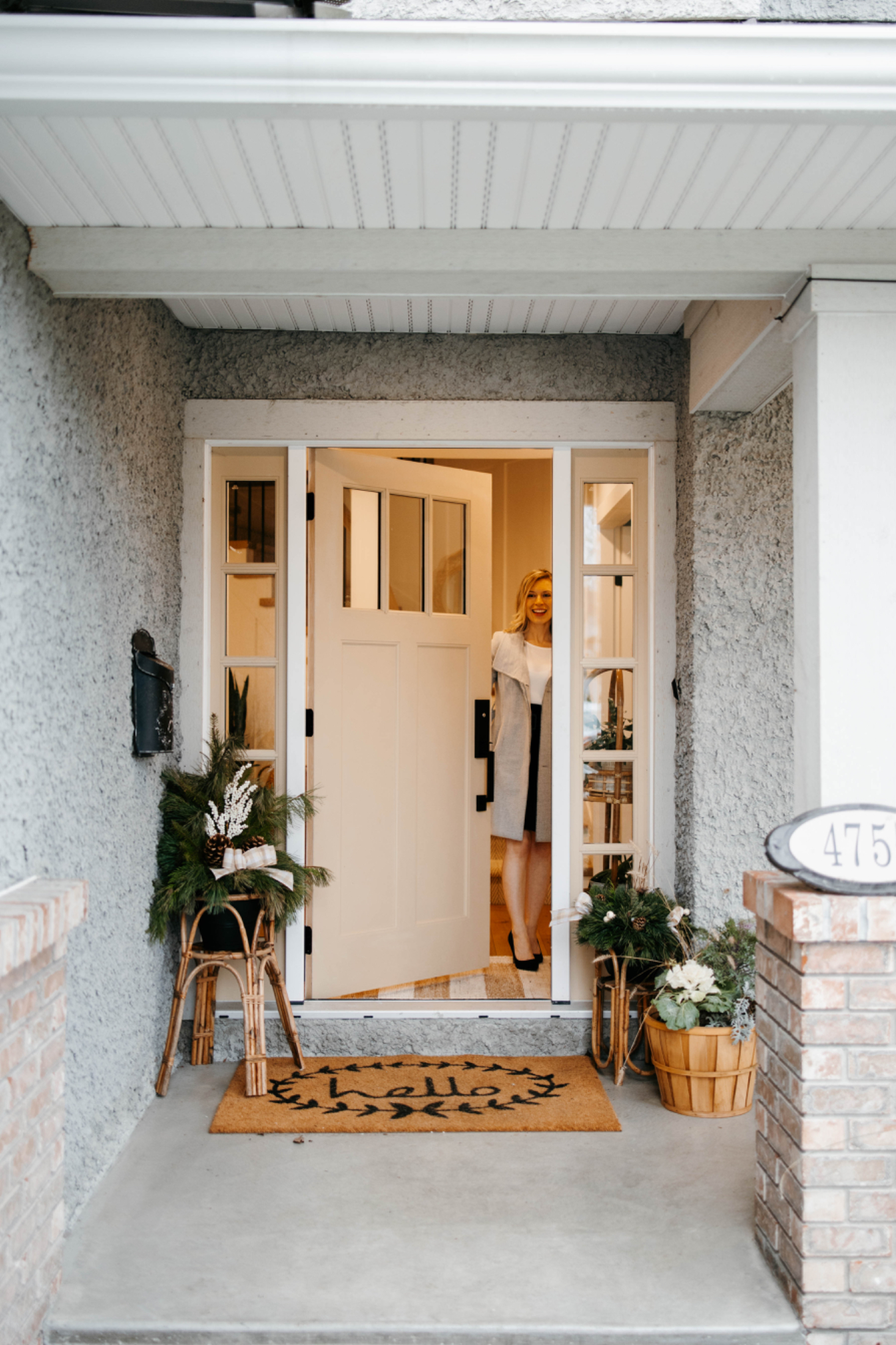Homeownership
Buying your first home is an exciting milestone, but the biggest hurdle for many is coming up with a down payment. If you've been diligently contributing to your Registered Retirement Savings Plan (RRSP), you might be closer to your dream home than you think, thanks to Canada’s Home Buyers' Plan (HBP).
What is the Home Buyers' Plan (HBP)?
The Home Buyers' Plan is a government initiative that allows first-time homebuyers to withdraw up to $60,000 per person from their RRSPs to use as a down payment on their first home—completely tax-free. This amount was increased in 2024 from the previous $35,000 limit, giving couples the opportunity to access up to $120,000 combined for their home purchase.
Who Qualifies for the Home Buyers' Plan?
The HBP is designed primarily for first-time homebuyers, but even if you’ve owned a home in the past, you may still qualify under certain conditions. Here’s who can take advantage of the plan:
First-time homebuyers: If neither you nor your spouse/common-law partner has owned a home in the last four years, you qualify.
Recent divorcees or separations: If you've experienced a breakdown of your marriage or common-law partnership, you may still qualify, even if you owned a home in the past.
Haven’t lived in an owned property recently: If you haven’t lived in a home you or your partner owned in the last four years, you might also be eligible.
Important Considerations Before Withdrawing from Your RRSP
Before you tap into your RRSP for a home purchase, there are a few critical points to keep in mind:
Repayment Terms: The funds you withdraw under the HBP must be repaid within 15 years. Each year, you’ll need to repay 1/15th of the amount you withdrew. If you don’t, the unpaid amount will be added to your income for that year and taxed accordingly.
Eligibility of the Property: The home you plan to buy must be your primary residence, located in Canada. It must also give you full ownership rather than just tenancy rights.
Accessibility of RRSP Funds: Not all RRSPs are created equal. Some group or locked-in RRSP plans may not allow you to withdraw funds under the HBP, so it's essential to check with your plan provider.
Planning for Future Homeownership
If homeownership isn’t in your immediate future, but you’re planning ahead, consider how you’re investing in your RRSP today. The flexibility of your RRSP investments can impact your ability to use the HBP later. For those just starting out with investing, it's crucial to think long-term and choose investments that align with your goal of homeownership.
Ready to Take the Next Step?
The Home Buyers' Plan is a powerful tool for first-time buyers looking to make their dream of homeownership a reality. With the increased withdrawal limit, now is a great time to explore whether this option is right for you.
Find more details on eligibility and participation requirements, please visit the Government of Canada’s official page to learn more about the Home Buyers’ Plan (HBP).
If you're ready to dive into the world of homeownership and want personalized guidance, don't hesitate to reach out. I’m here to help you navigate the process and make the most of your investment. Call me today, and let's get started on your journey to owning your first home!












